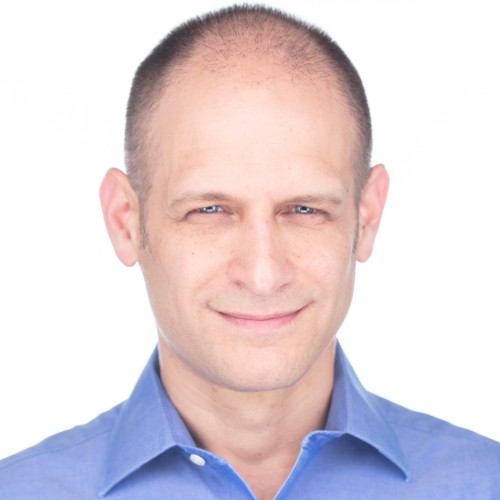LinkedIn Economic Graph: 2015 Year in Review & Trends to Watch
This was a big year for the LinkedIn Economic Graph. Over the course of 2015, we helped professionals, policy makers, educators, and employers surface new insights they could use to create economic opportunity.
For example, we uncovered the top 20 countries professionals are moving to for work, measured gender equality across industries, and identified the industries that are most likely to hire career-switchers. Additionally, we provided Economic Graph data to New York City Mayor Bill de Blasio to help expand the pool of New York’s qualified homegrown tech talent, and to the Greater Manchester Combined Authority to help re-shape education and training so professionals in and around Manchester could develop the skills needed to advance their careers.
What we learned this year will inform four big economic trends we'll be watching closely in 2016:
1. Cities and states will play an increasingly important role in the economy, and public/private partnerships will help them keep pace.
Cities and states will need to lift up their middle-skilled workers, bringing employers and educators together to make sure people get into the right jobs.
- Middle skilled workers are being forced out of positions: 65% of new LinkedIn job postings for executive secretaries and executive assistants now call for a bachelor’s degree, however “only 19% of those currently employed in these roles have a B.A.”
- New research from McKinsey & Company found that online talent platforms like LinkedIn have the potential to add $2.7 trillion annually to global GDP.
- Rework America Connected is a partnership between LinkedIn, the Markle Foundation, edX, Arizona State University, the City of Phoenix and the State of Colorado. Together, these organizations are working to enable workforces to adapt more quickly to employers’ changing needs.
2. Workers will continue to travel great distances for a solid job after college.
Last year we saw West Coast companies recruiting graduates from the East Coast and beyond.
- Old (and new) hotspots will surface and draw workers from great distances, while others will retain their graduate talent, in keeping with where jobs are available and where their skills are in demand.
3. Workers will continue to find new jobs through people they already know, but how often this occurs will vary by industry.
As the economy continues to improve, job switching will increase – but how people secure new jobs will differ.
- Technical, highly-specialized industries will hire more from within their networks. For example, venture capital, consulting and political organizations will continue to hire more through networks, as relationships continue to drive deals there.
- Retail companies and restaurants will hire less from within their networks because these jobs are often suited well to new professionals with smaller networks.
4. The freelance economy will continue to grow, particularly in specific industries.
The Arts and Design industries have a sizable lead as the top freelancing industries on LinkedIn right now.
- As the number of freelance positions continues to grow, the freelance economy will obviously remain a hot discussion topic in 2016.
January is when most people look for new jobs. So we’ll be back in a couple of weeks to examine the top skills that got LinkedIn members hired in 2015, and to forecast new skills areas to watch in 2016. Be the first to get all of our latest news and original research by visiting: LinkedIn Economic Graph.


